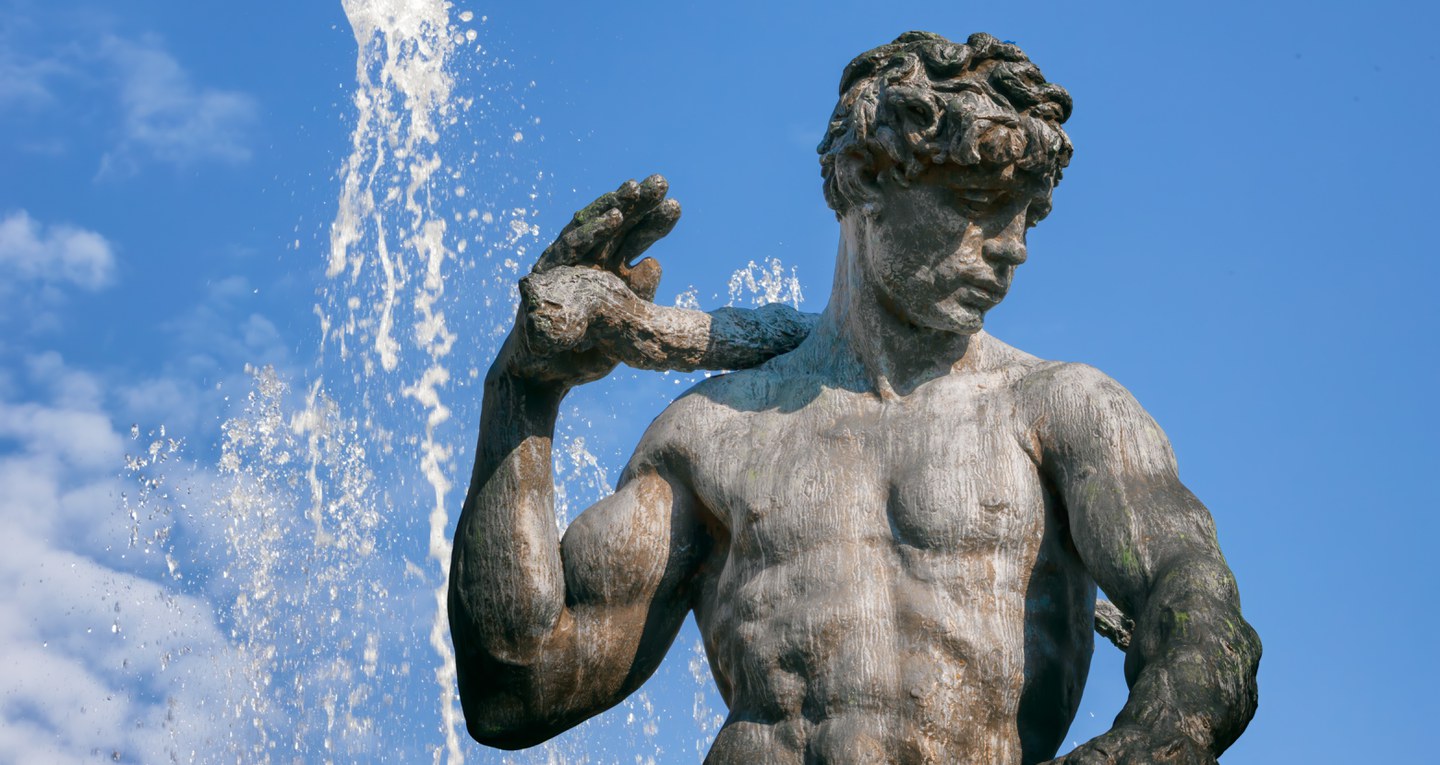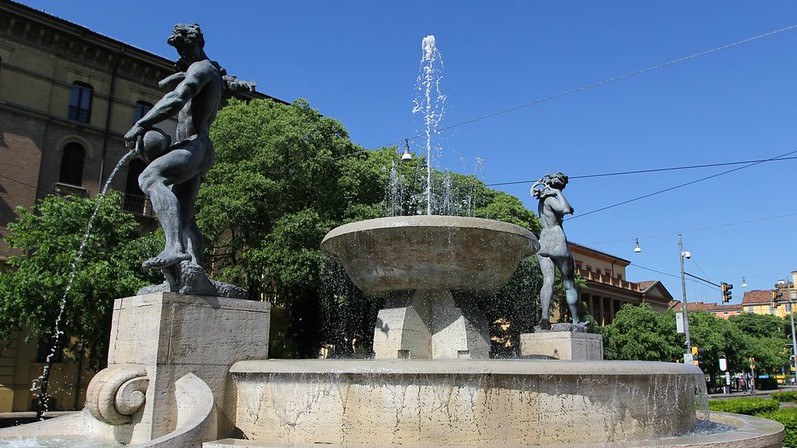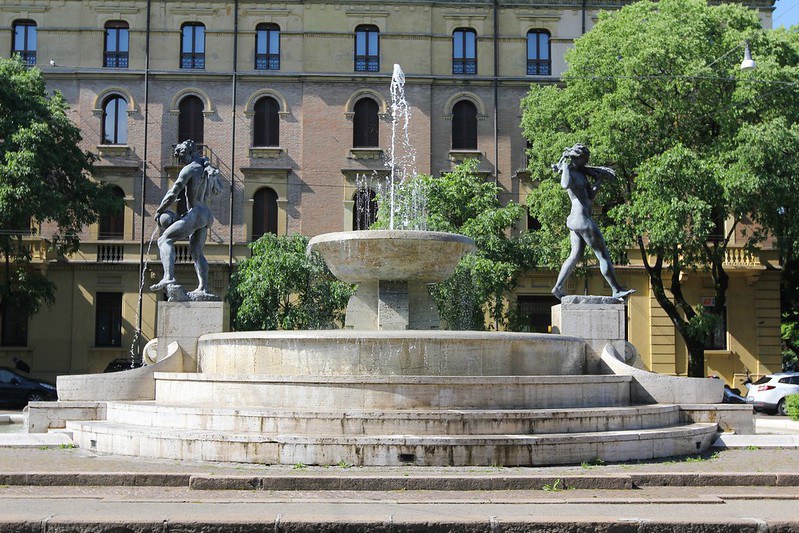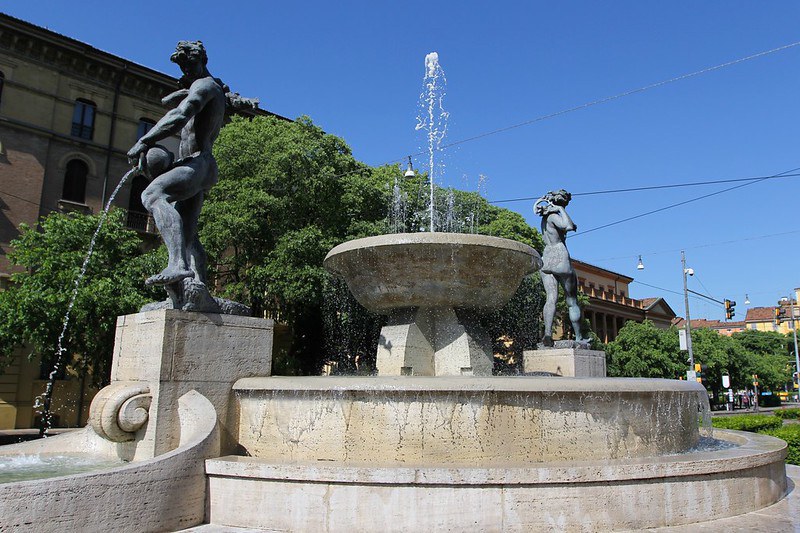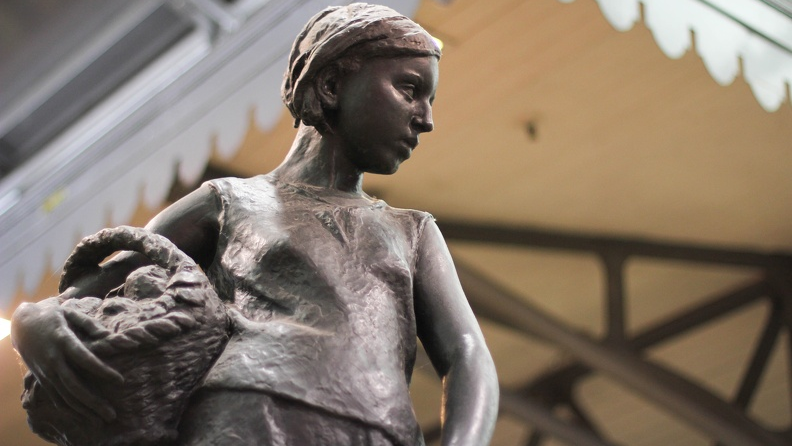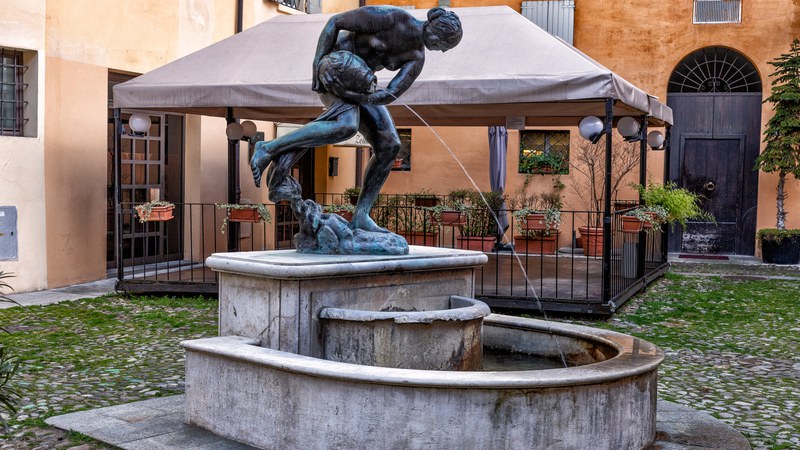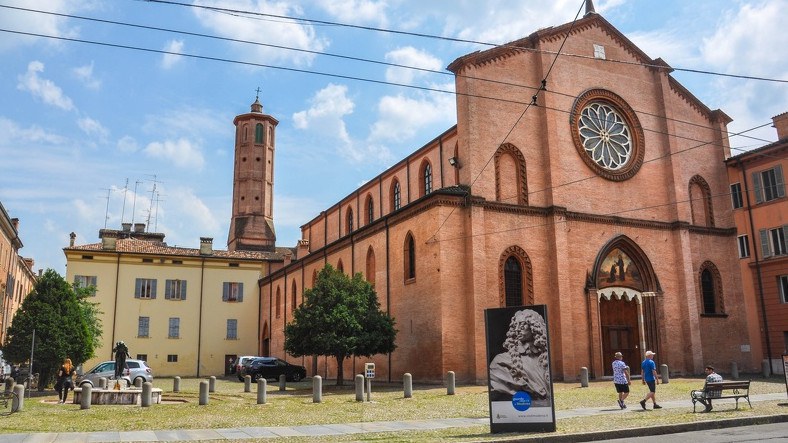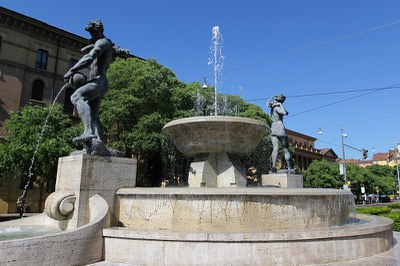Itinerary
Giuseppe Graziosi' s fountains
An excursion for visitors enchanted by sculpture
Means of transport
KM1
Sculpture enthusiasts will appreciate this tour of discovery among the works of Giuseppe Graziosi, the early 20th-century Italian painter, photographer, engraver, and sculptor whose works can be found at various points around Modena’s historical center.
Graziosi was a versatile artist who worked in several different mediums and experimented with new techniques. He was born in Modena Province at the end of the 1800s and gained national and international fame for his works.
As you walk through the streets of the historical center, you can’t miss the many bronze fountains that Graziosi designed. On this walking tour, you’ll learn about the artist’s life and accomplishments.

